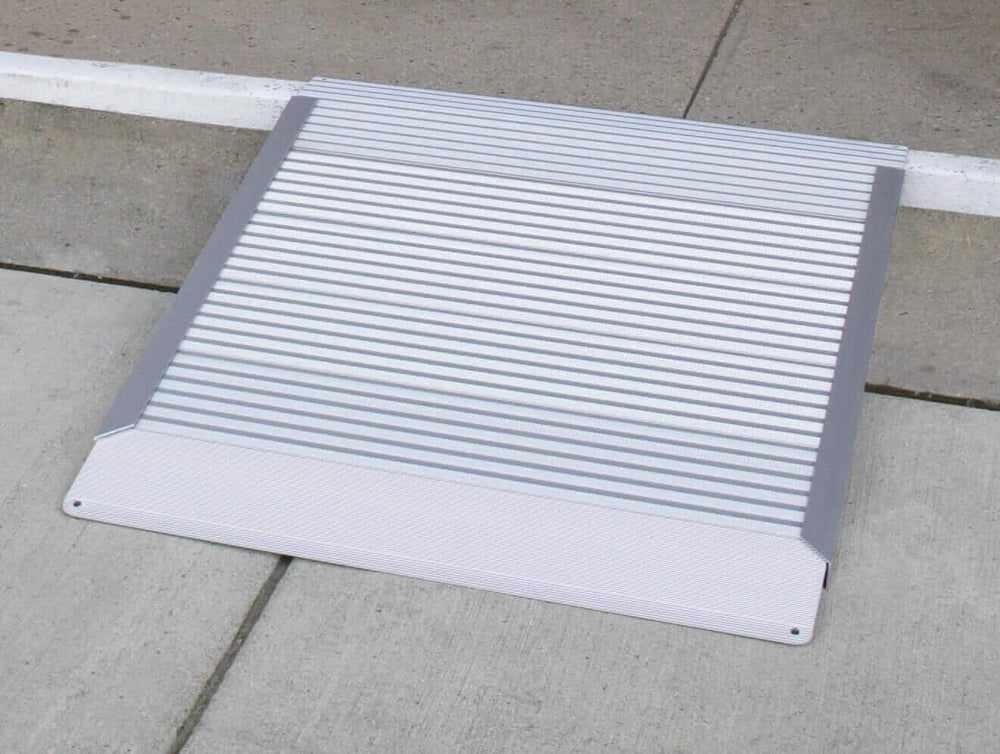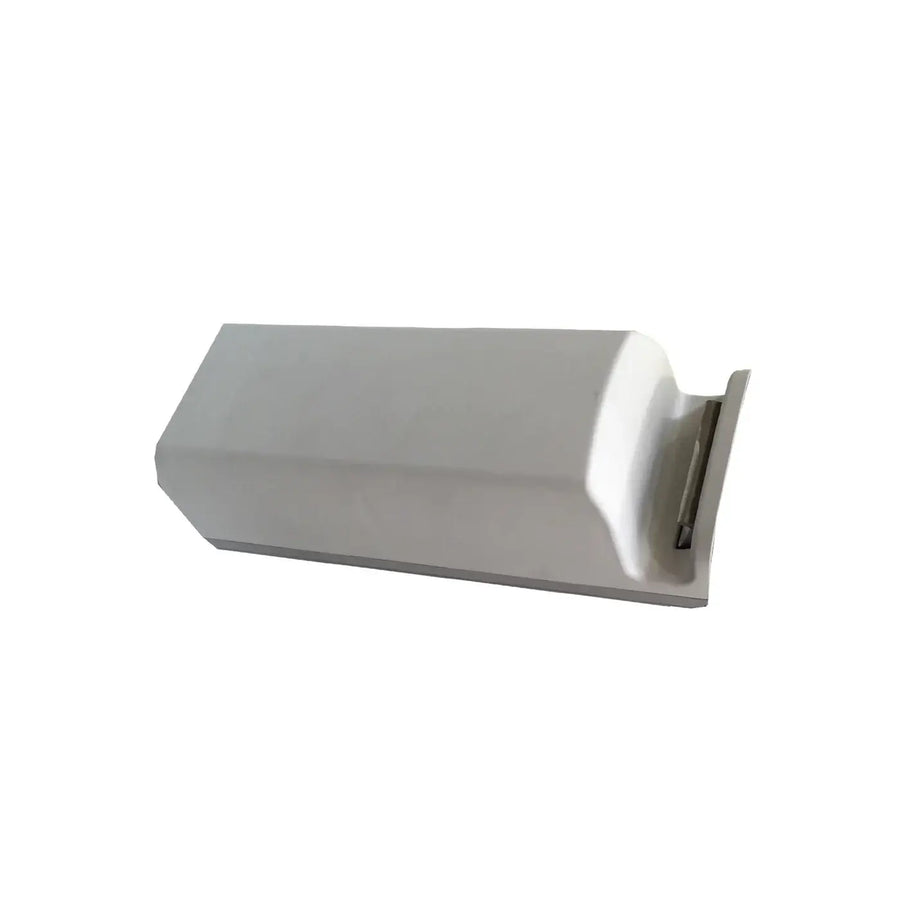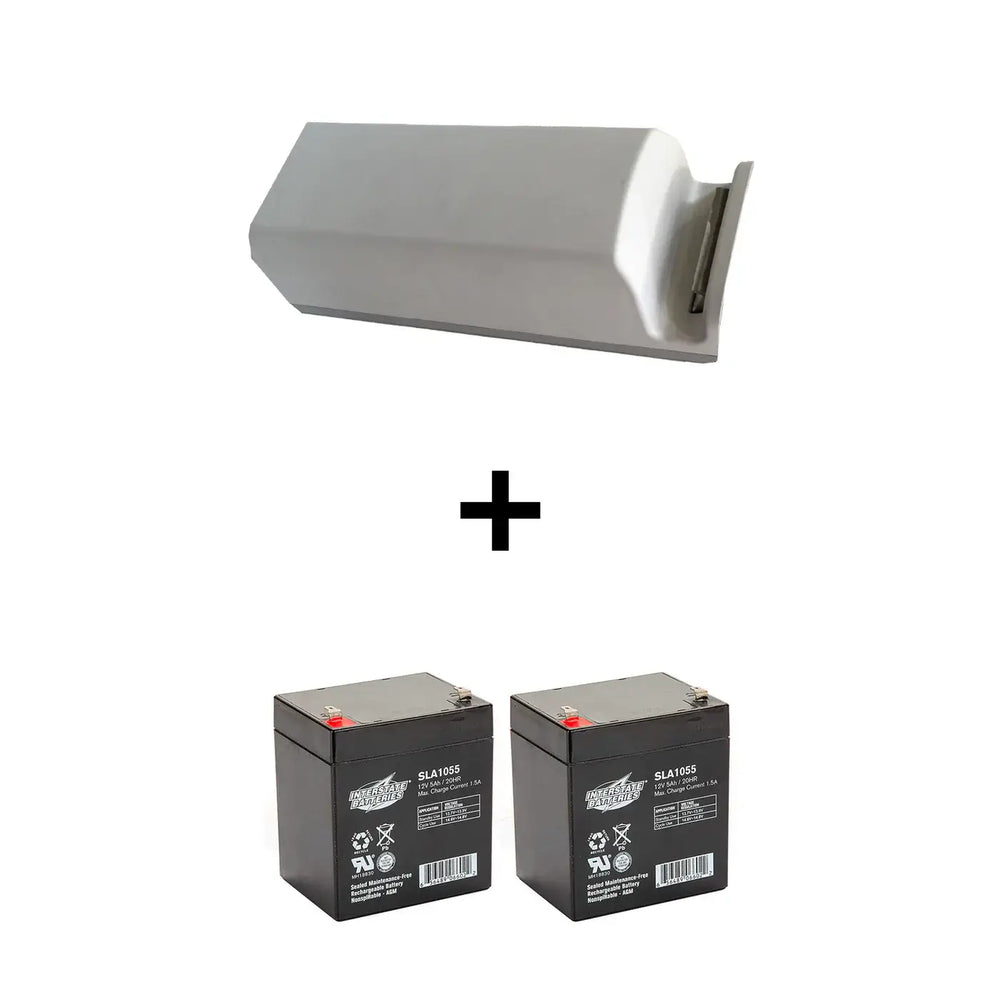When Should You Not Use a Hoyer Lift?
A hoyer lift is designed to assist with safe patient transfers, reducing caregiver strain and minimizing the risk of injury. However, it is not suitable for every situation. In some cases, using a hoyer lift can be unsafe or impractical, potentially putting both the patient and caregiver at risk. Factors such as medical instability, severe spinal injuries, limited space, or a patient’s inability to follow instructions can make traditional lifting methods more appropriate.
Recognizing when not to use a hoyer lift is just as important as knowing when it can be helpful. Choosing the right transfer method depends on the patient's condition, the environment, and the level of caregiver assistance available.
This article outlines specific situations where a hoyer lift should be avoided and why extra precautions are necessary in these cases.

Individuals With Severe Spinal Injuries
When dealing with individuals who have severe spinal injuries, it's crucial to consider the risks of using a hoyer lift. These patients often have compromised spinal stability, which can worsen with improper handling.
Not all hoyer lifts are suitable for these individuals, as some may not provide the necessary support. However, there are types of hoyer lift slings designed for patients with weight-bearing ability, helping reduce further spinal strain during transfers.
Proper assessment and trained assistance are essential to prevent complications such as spinal misalignment or additional injuries. Always prioritize safety and consider alternative transfer methods when spinal stability is in question.
Patients With Unstable Medical Conditions
Patients with unstable medical conditions require careful consideration before using a hoyer lift, as the risks can outweigh the benefits. If a patient has unstable essential signs or is experiencing acute medical emergencies, using the lift may exacerbate their condition. Proper lifting techniques are important, but the unpredictable nature of their health can lead to complications.
For instance, if the patient's blood pressure fluctuates or they have difficulty breathing, transferring them with a hoyer lift could pose serious risks. Instead, prioritize stabilization of their medical condition before considering any lift. Always consult healthcare professionals for guidance tailored to the patient's unique situation, ensuring safety remains the top priority. Your assessment can prevent unintended harm during transfers.
Environments With Limited Space
Using a hoyer lift in environments with limited space can lead to significant safety hazards. In compact living situations, the maneuverability of the lift becomes restricted, increasing the risk of accidents. If you're caring for someone facing mobility challenges, consider whether the space allows for the safe operation of the device. Tight corners, narrow hallways, and small rooms can make it difficult to position the lift correctly, putting both the caregiver and the patient at risk.
Always verify that there's enough room to navigate without obstruction. Inadequate space can limit your ability to respond quickly in emergencies, making it essential to assess the environment before using a hoyer lift. Prioritize safety and consider alternative methods when space is tight.
Patients Who Are Non-Weight Bearing
When caring for non-weight-bearing individuals, you should be cautious about using a hoyer lift. These patients cannot support their own weight, which can make transfers risky if not executed properly.
Instead of relying solely on a hoyer lift, consider non-weight-bearing techniques that guarantee safety and comfort. Alternatives like slide sheets or transfer boards may be more appropriate, allowing smoother changes without risking injury. It is crucial to assess the patient's condition and choose the right lift option that accommodates their needs.
Always prioritize their safety and comfort while exploring various transfer methods to provide effective and compassionate care.
Transfers Involving Multiple Caregivers
Although transfers involving multiple caregivers can enhance safety and efficiency, they require careful coordination and communication. Maneuvering multiple caregiver dynamics can present significant transfer coordination challenges.
All caregivers must understand their roles and responsibilities during the transfer process. Miscommunication can lead to accidents or injuries, undermining the benefits of teamwork. Establishing a clear plan before the transfer starts helps guarantee everyone is on the same page.
Practicing the transfer technique beforehand can also boost confidence and reduce the risk of errors. Always prioritize the patient's comfort and safety by continuously evaluating their condition and adjusting your approach as needed.
Individuals With Cognitive Impairments
Using a hoyer lift with individuals who have cognitive impairments can present unique challenges that may compromise safety and comfort. It's crucial to conduct a thorough cognitive assessment before using the lift.
Individuals with cognitive impairments may not understand the process, leading to confusion or anxiety, which can increase the risk of accidents. They might struggle to follow instructions or respond appropriately during the transfer, raising significant safety concerns. Additionally, their physical responses may not align with their cognitive capabilities, making it difficult to gauge their comfort level.
Always consider alternative transfer methods that prioritize the individual's understanding and emotional well-being, ensuring a safer and more supportive environment. Prioritizing communication and comfort is imperative for effective caregiving in these situations.
When to Consider Alternative Transfer Methods
While a hoyer lift is a useful tool, it’s not the only option for safe transfers. In some cases, equipment like ceiling lifts, slide sheets, or transfer boards may be more effective. These alternatives can offer better control, reduce strain on caregivers, and accommodate unique patient needs.
Training and experience also play a significant role in safe transfers. If caregivers are unfamiliar with using a hoyer lift properly, the risk of injury increases. Seeking professional guidance or hands-on training can improve safety and efficiency.
Ultimately, every transfer situation is different. By evaluating the patient’s condition, the environment, and the available equipment, you can choose the best method that ensures both safety and comfort.






